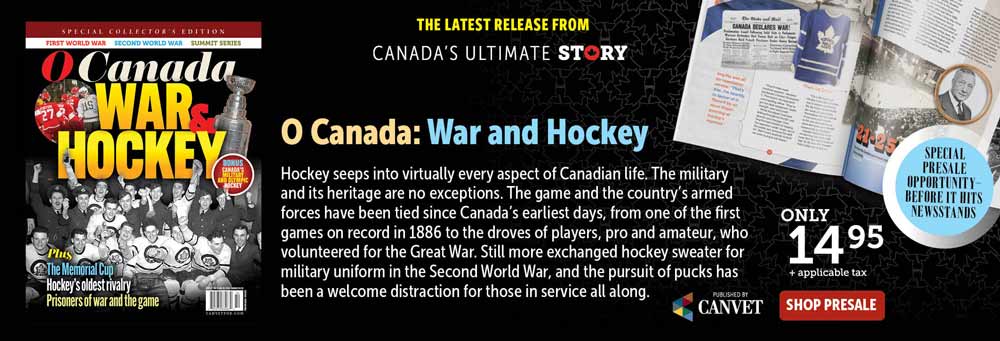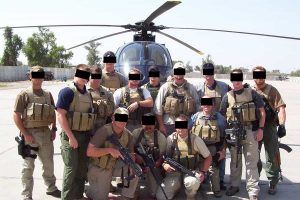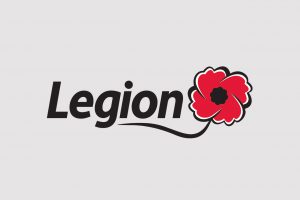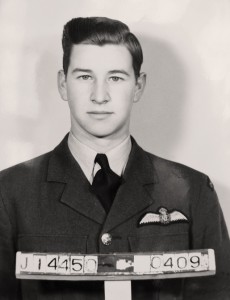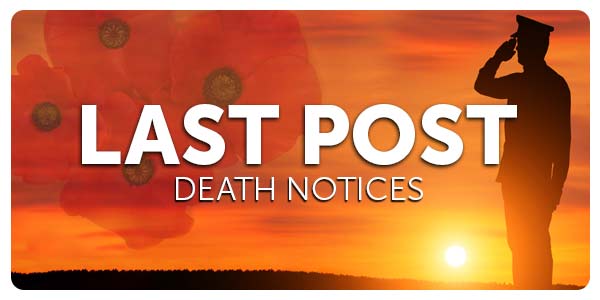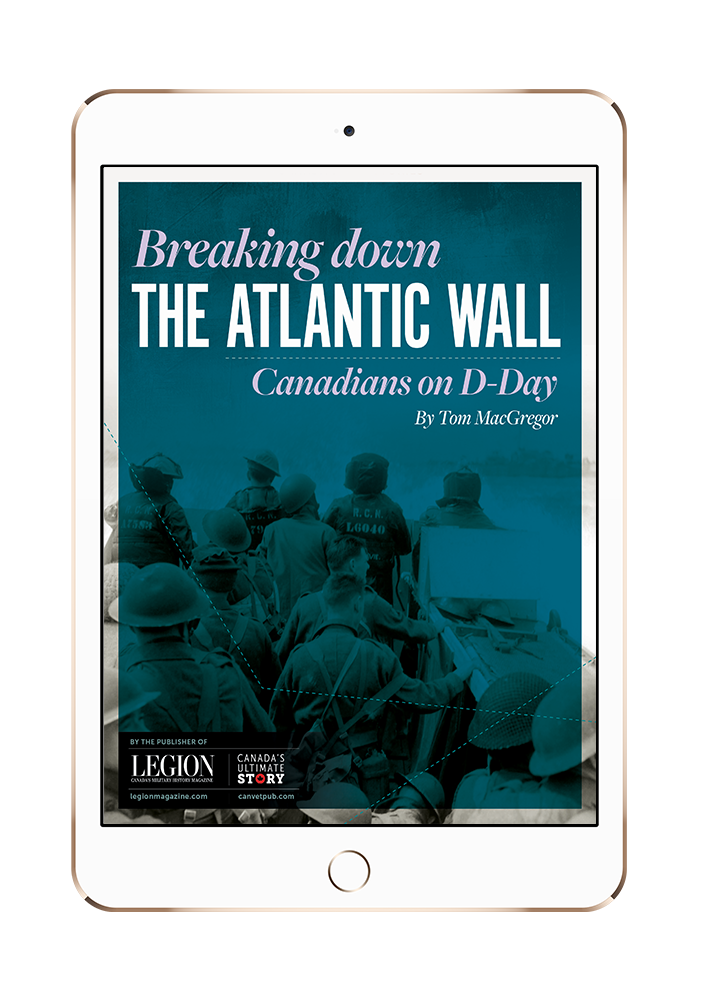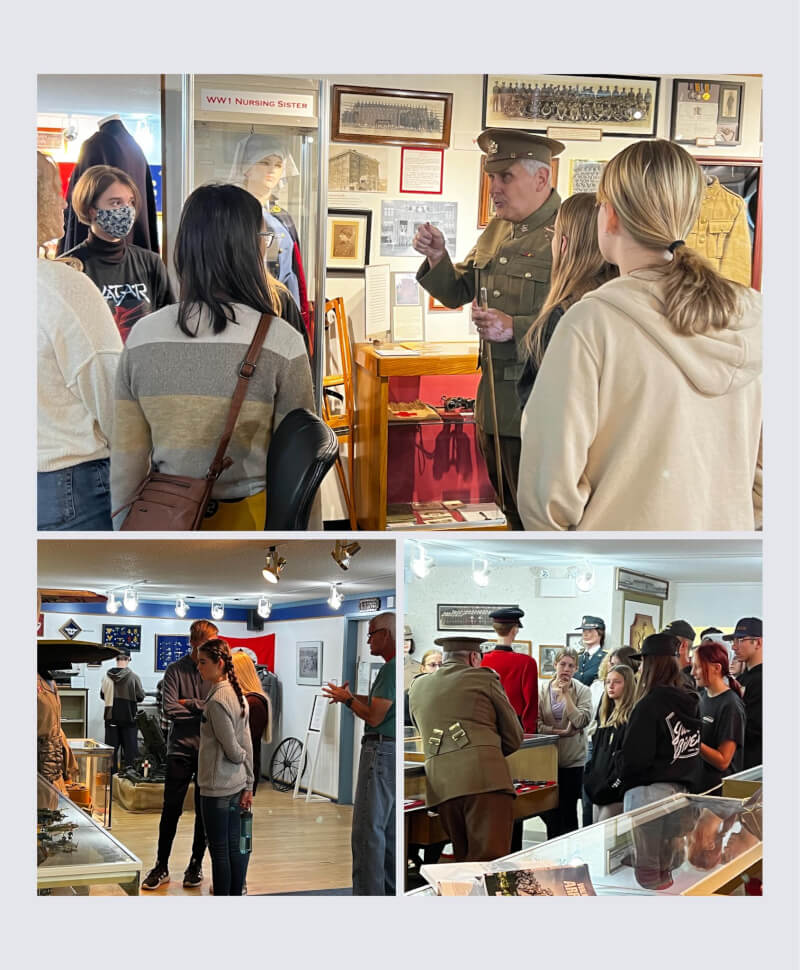
Kevin Hicks of the Saskatoon Museum of Military Artifacts speaks to visitors. [Courtesy Saskatoon Museum of Military Artifacts]
From Halifax to Vancouver, Winnipeg to St. John’s, N.L., Royal Canadian Legion halls across the country have proudly displayed the likes of uniforms, medals and other military memorabilia for nearly a century, each object standing as a testament to Canada’s contributions in war and peace, all stories unto themselves.
Such is the case at the Saskatoon Museum of Military Artifacts, where its many tales, old and new, speak to the service of Saskatchewanians. What began as an informal exhibit space at the city’s Nutana Branch, has developed, following decades of donations, into a fully fledged centre with a diverse collection. Since 2017, when Legionnaires officially transferred the thousands of items to the newly incorporated museum situated on site, the facility has continued its work of promoting military heritage, driven by a cadre of community volunteers with a bright vision for the future.
Among them is Kevin Hicks, a British Army veteran-turned-passionate storyteller. Here, in a Legion Magazine exclusive, he opens the museum doors.
On the collection’s colonial and First World War sections
When you first enter the Saskatoon Museum of Military Artifacts, there’s a desk right in front of you. You’ll then likely see one of our student volunteers who’ll book you in and divert you to the left. We’ve got a pre-First World War cabinet that continues to grow, with artifacts that date back to around the Victorian era.
You’ll move along and see one of the same pistols used by the infamous Gavrilo Princip, who assassinated Archduke Franz Ferdinand [an event often considered to have caused World War I]. We note that it’s the shot that killed nine million men.
We also have a bible from a soldier in Ypres who had been blown to pieces and the personal items of two brothers [who were killed]. I actually entitled the display “all that’s left.” The brothers’ story especially resonates with me as you can only imagine what it must have felt like for a parent back home to get a message telling them that they’ve lost their youngest son. And a year later, they’ve lost their other son.
I lost my best friend in the army, so I know what it’s like. Bang. Suddenly, you have a gaping space in your life that’s forever empty, that can never be filled.
We’ve now dedicated a section to the Royal Canadian Navy [during WW I] and the Halifax Explosion. There’s likewise a section examining Indigenous snipers.
One highlight is that my students have made an impressive model of no man’s land where you can look through a periscope and try to locate a fallen airman.
The models don’t stop there, though. We’ve then got one of the Saskatchewan and Manitoba boys charging on Vimy Ridge, because although it was a small part of the battle, had it not succeeded, the entire assault may have collapsed.
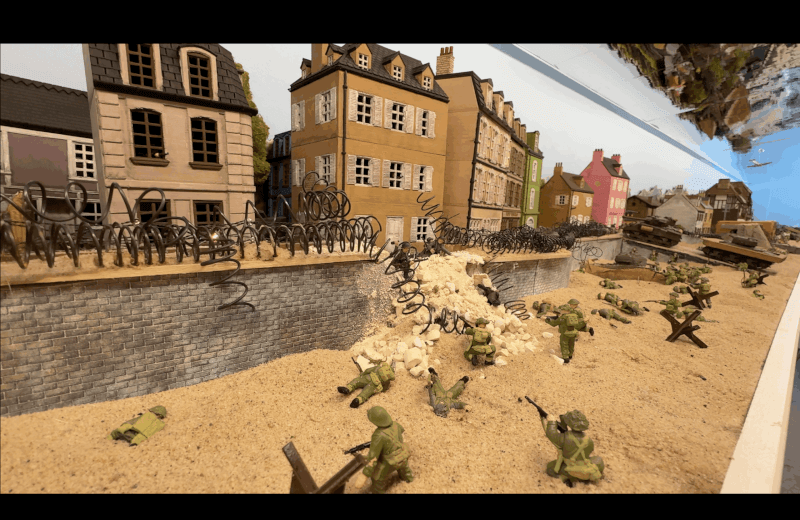
Part of the Saskatoon Museum of Military Artifacts’ scale depiction of Juno Beach. [Courtesy Saskatoon Museum of Military Artifacts]
On the Second World War section
Staying on the topic of models, my students have spent two years finishing off a 28-millimetre [scale depiction] of the three sectors of Juno Beach on D-Day, with the buildings, the troops, the tanks, everything. People have visited, and they simply cannot believe what these students have accomplished.
Our [WW II] navy section includes two [model] corvettes, the Saskatoon and Snowberry, and we’ve got the personal memoirs of a couple of sailors, one of whom was on the Charlottetown when it was torpedoed [in the St. Lawrence].
And then there’s our Royal Canadian Air Force section. We’ve got a massive Lancaster bomber model that we’re presently converting so that it’ll go on a turntable and be loading its bombs.
We’ll also have a section on [Cree] code talkers, which is a forgotten part of Canadian history that deserves attention.
On other tributes to Canada’s military heritage
I always felt like there were things missing when I first came to the museum. We’re in the process of changing that as we’ve got a section dedicated to the Royal Canadian Mounted Police, from the story of the North-West Mounted Police to the fact that the RCMP were on the beaches of Normandy in 1944.
Equally, we’ve dedicated space to those who served in Korea and NATO.
The latest addition happened almost by accident. I found a cardboard tube that had been put aside and basically forgotten. Inside was a poster of all Canadian servicemen and women killed in Afghanistan. I went up to the Legion branch office and asked if I could have it for the museum. They agreed. It’s now in a frame, hung beside two Canadian flags, and I’ve seen it move guests to tears.
We’ve now made that entire space a memorial corner of all fallen Canadians from the First World War right the way through to the [war in] Afghanistan. I’ve taken the speakers away, so it’s a quiet corner, and nearby, we have an empty cabinet for any Afghan Canadian veteran to fill with their personal objects, their own personal stories, so that they can be remembered there.
I think we should be called the Saskatoon Museum of Memories.
This abridged interview has been edited for brevity and clarity.
Advertisement





